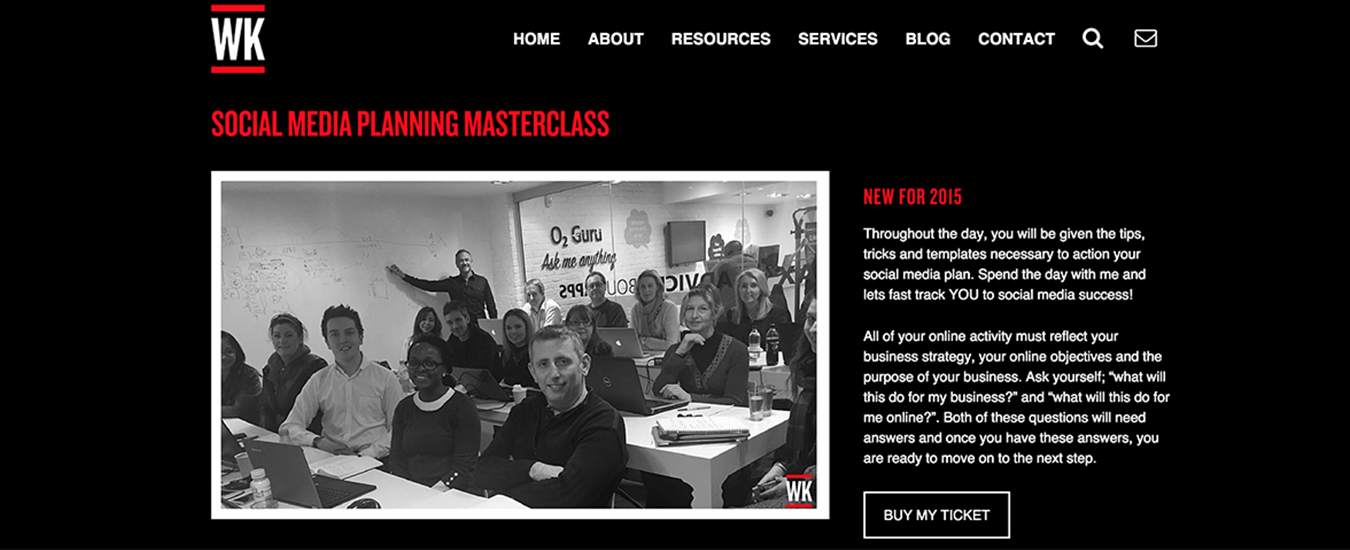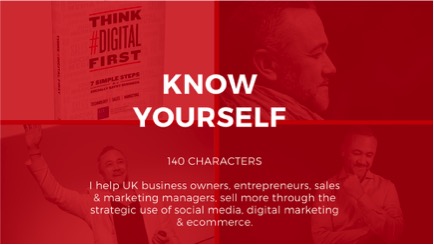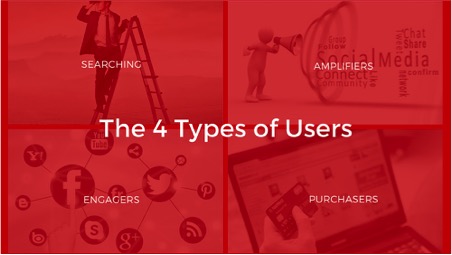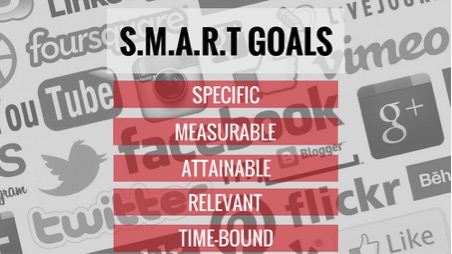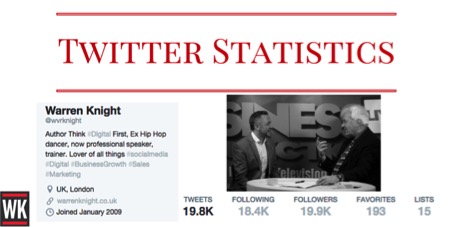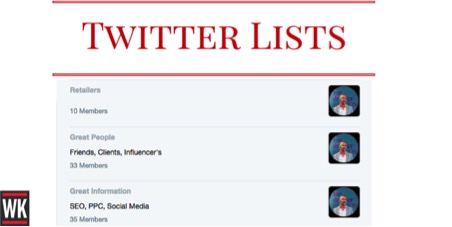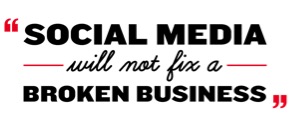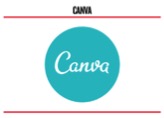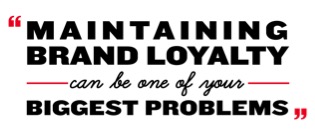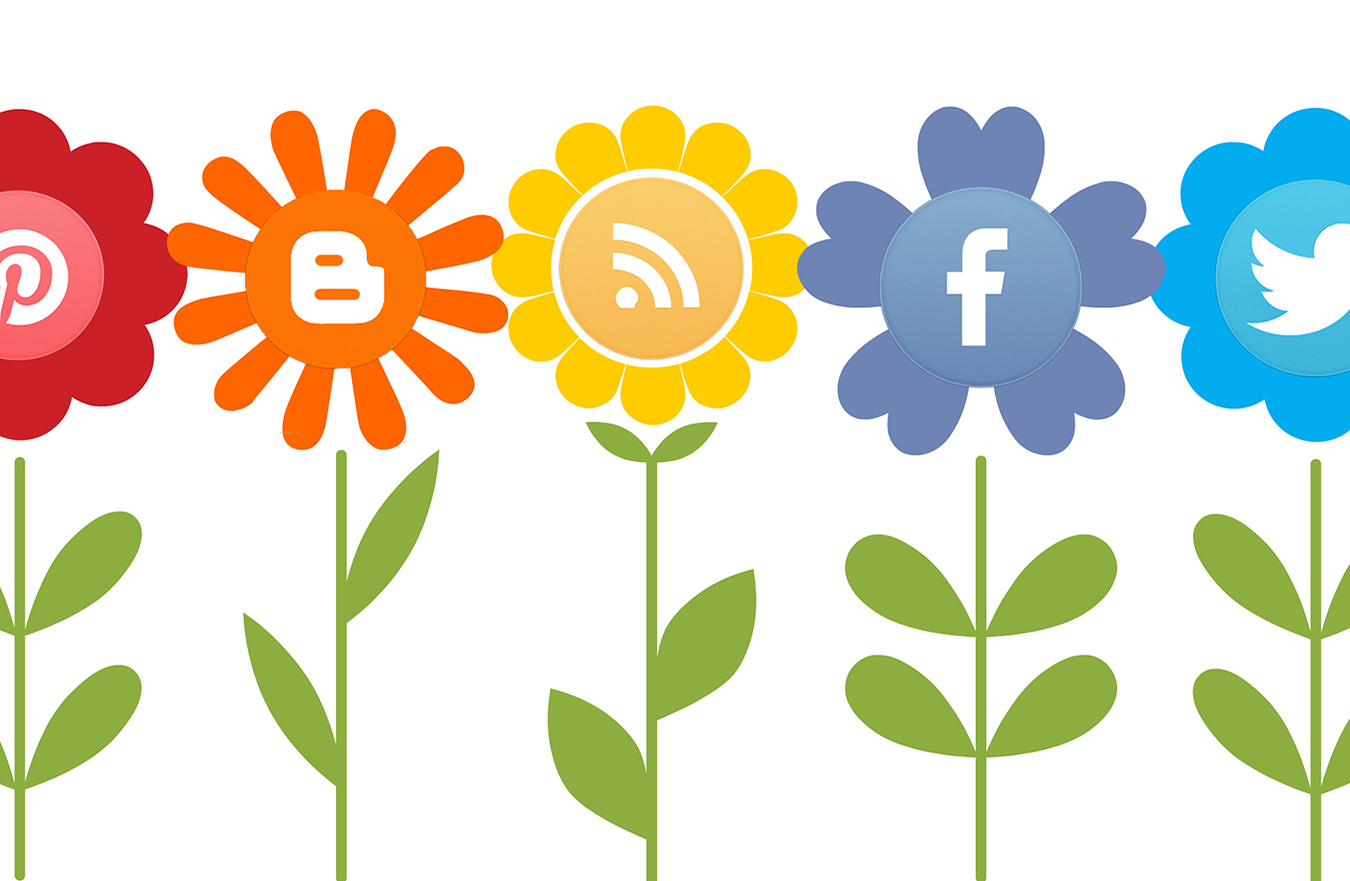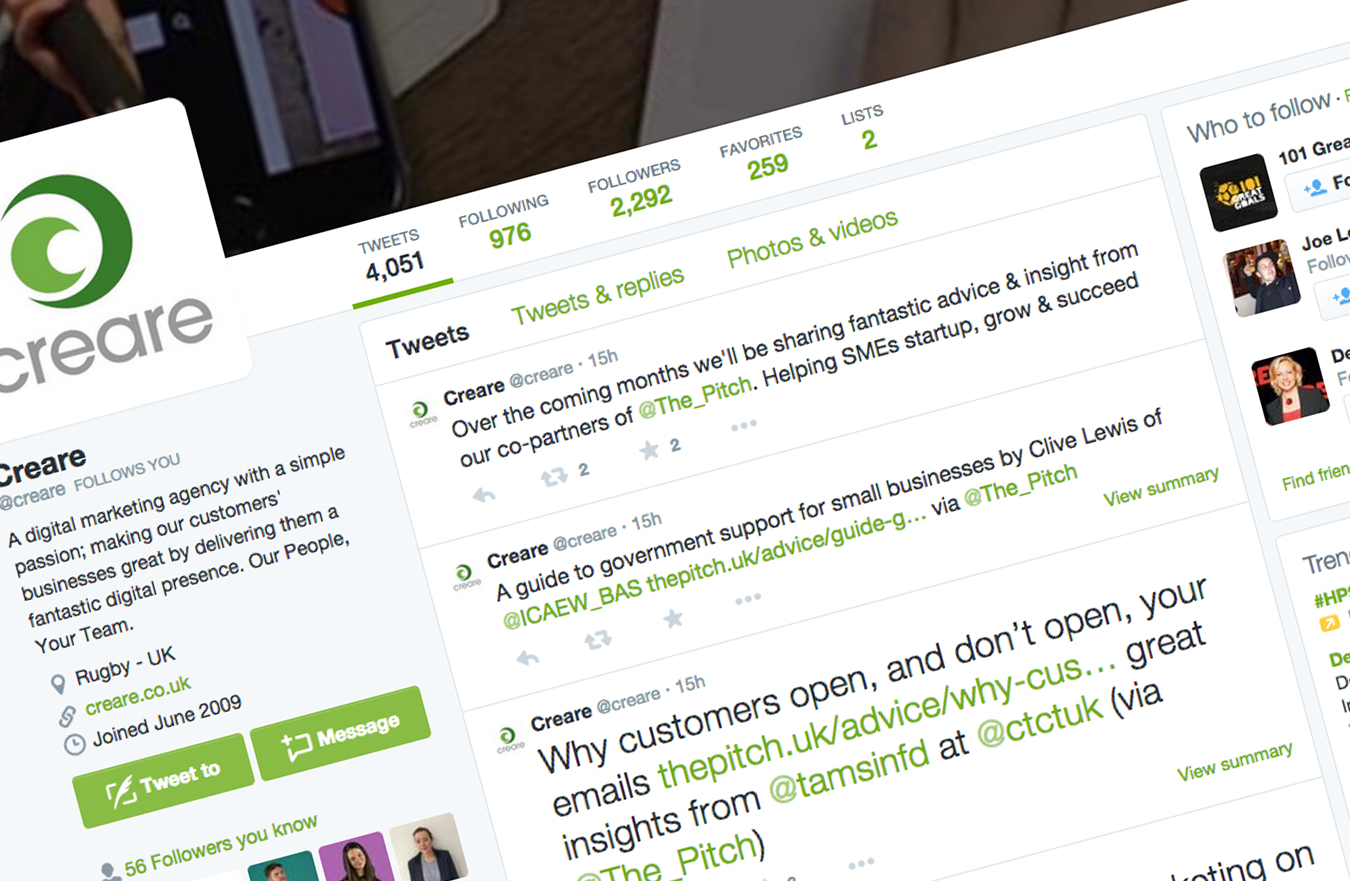Social media is a fickle mistress, the smallest error or mistake & you could kill your brand. If you are a small business dipping your toe into the great ocean of social media content then I have probably just added more worry onto an already nervous manoeuvre into the social-sphere. DON’T PANIC though! Below I have listed some top things to look out for in order to avoid making some common social media mistakes!
Having No Social Media Strategy
In order to execute a successful social media campaign, you need to understand what you are looking to achieve & pull this into a 6-12 month strategy. Social media is said to humanise the web, so you need to know exactly how you want to come across to your audience & this should flow through everything you do from the tone of your ‘voice’ to the style of your graphics and so on.
It’s classic, with a twist. #FlavorLove
https://t.co/Cm793vHVis
— Oreo Cookie (@Oreo) July 20, 2015
Oreo has a phenomenal social campaign which truly exploits a wide range of visual content, underpinned by a serious strategic approach. Not only do they have a water-tight calendar of dates & events that drive the strategy, but they pride themselves on the ability to be agile in delivering timely content; a perfect example of this would be the 2012 Super Bowl Blackout.
Keep your Updates Short
Keep your posts short & sweet, especially on Facebook. Make sure it’s engaging. A simple way to do this would be by asking your audience a question, or in Samsung’s post below ask a rhetorical question & answer it to get some product USPs over in a succinct way!  Â
Not at home? Not to worry. #SmartThings enables you to be in two places at once. http://t.co/9gSwhotvj1 https://t.co/w4llmMvX0v
— Samsung UK (@SamsungUK) September 16, 2015
Talking Too Much About the Brand
Arguably every business on social is there to promote either the brand or a product. But the balancing act you need to master is how much self-promotion is too much?
Choose to swallow the fear and take a shot! #choosehappiness pic.twitter.com/wrgXXhtGHo
— Coca-Cola (@CocaCola) August 30, 2015
Coca-Cola posts vibrant & consistent posts which are true to the brand. But they are heavily laden with branding or product placement, which does feel a little unbalanced in my opinion.
You will find a lot of advice out there on ratios to ensure you keep control on how much you talk about yourself as a brand, some people believe in the 80:20 rule or the 3-2-1 method. Just keep in mind that social is about much more than simply advertising, you also need to listen, learn & engage.
Don’t forget to proofread
Hump-Day! Got 40 minutes non-stop music first up. Playing @RCity, @elliegoulding, @chrisbrown and loads more. Who’s with me? @tobytarrant x — Capital (@CapitalOfficial) October 7, 2015
Capital Official made a grammar faux pas, which can be easily made in the fast-paced landscape of social when you’re against the clock to reply to a customer’s comments or enquiry as quickly as possible. We would advise that you check, check & check again & also use a grammar checker like Grammarly as sometimes these mistakes are not picked up in Openoffice or Hootsuite.
You Don’t Need to Have Every Available Social Platform
Social is a fast moving beast & keeping up with the latest platform releases is a job in itself! So don’t stretch yourself by setting up accounts on Facebook, Twitter, G+, Pinterest, Flickr, YouTube, SnapChat, Instagram, Linkedin, Tumblr, & Vine just to name a few.
Just stick to the basic channels that you have the capacity to update on a regular basis, with high-quality content. Also, consider which platforms your clients use regularly; Facebook, Twitter, & Instagram may have the most users, but are they your target audience? We always include G+ for our clients, as we understand how it can complement the SEO campaign & local business presence.

